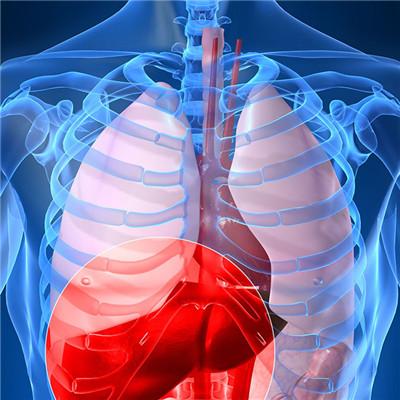Symptoms of infantile acidosis?
summary
The late neonatal metabolic acidosis is related to the quality and quantity of protein in diet, the imperfect development of renal function and the high renal acid load. It usually occurs in 2~3 weeks after birth. It is more common in premature infants. The smaller the gestational age, the higher the incidence rate. The heavy weight can endanger life. Whey protein and casein are similar to human milk in formula milk used for premature infants, so the incidence rate of this disease has decreased significantly. Symptoms of infantile acidosis? Let's study and discuss with you.
Symptoms of infantile acidosis?
Early symptoms: mild symptoms can be asymptomatic, only in blood gas analysis can be found. Low reaction, low spirit, less crying, low appetite, pale skin, blue mouth, slightly low muscle tension; Very low birth weight infants may show somnolence and apnea.

Late symptoms: mental depression, less crying, low appetite, pale skin, blue mouth, slightly low muscle tension. The nose root and lip showed pale gray or cyan purple, red or cherry red for no reason.

Related symptoms: drowsiness, loss of appetite, pale skin, decreased muscle tone, no weight gain. Although the intake of calorie has reached 150kcal / kg and protein has reached 5g / kg, the weight of the sick children has increased slowly or not, especially in low birth weight children.

matters needing attention
1. Breastfeeding providing breastfeeding is the best way to prevent the disease. 2. Adjust the milk formula. If it is difficult to breastfeed, if there is no breast milk, the protein intake of full-term infants should be less than 4G / kg, and low birth weight infants should be fed with preterm infant formula. The formula with low protein and casein and mainly whey protein was used. 3. Alkaline solution should be used in the treatment of children with severe symptoms and blood pH < 7.2.












